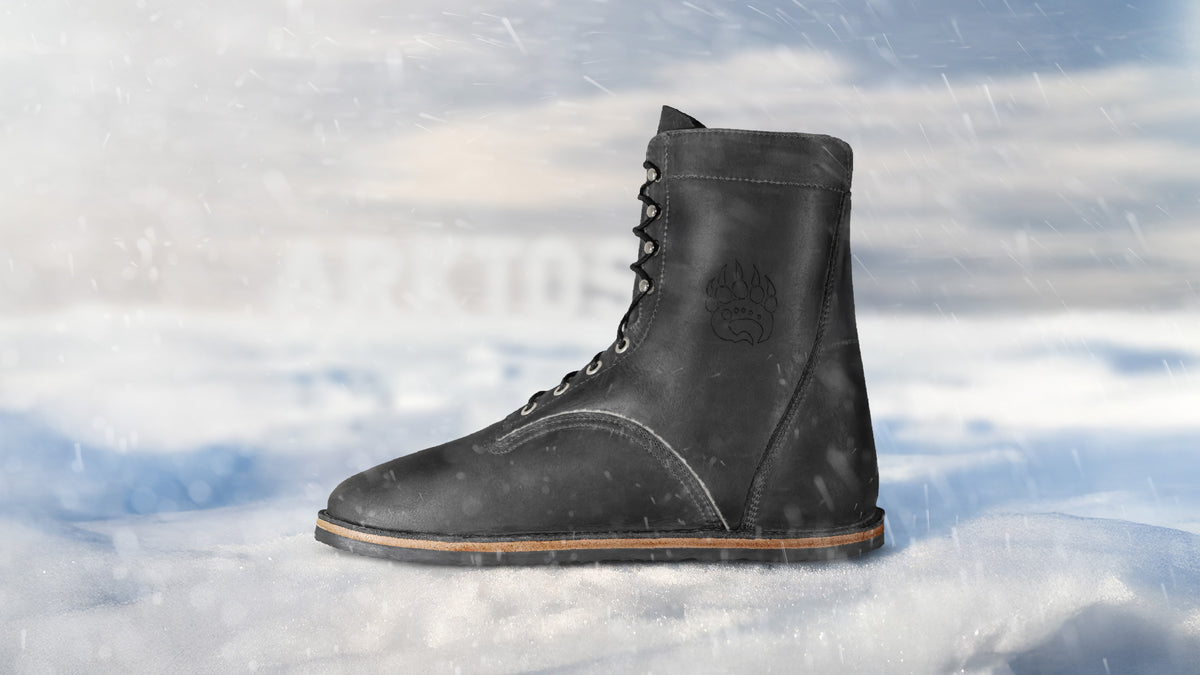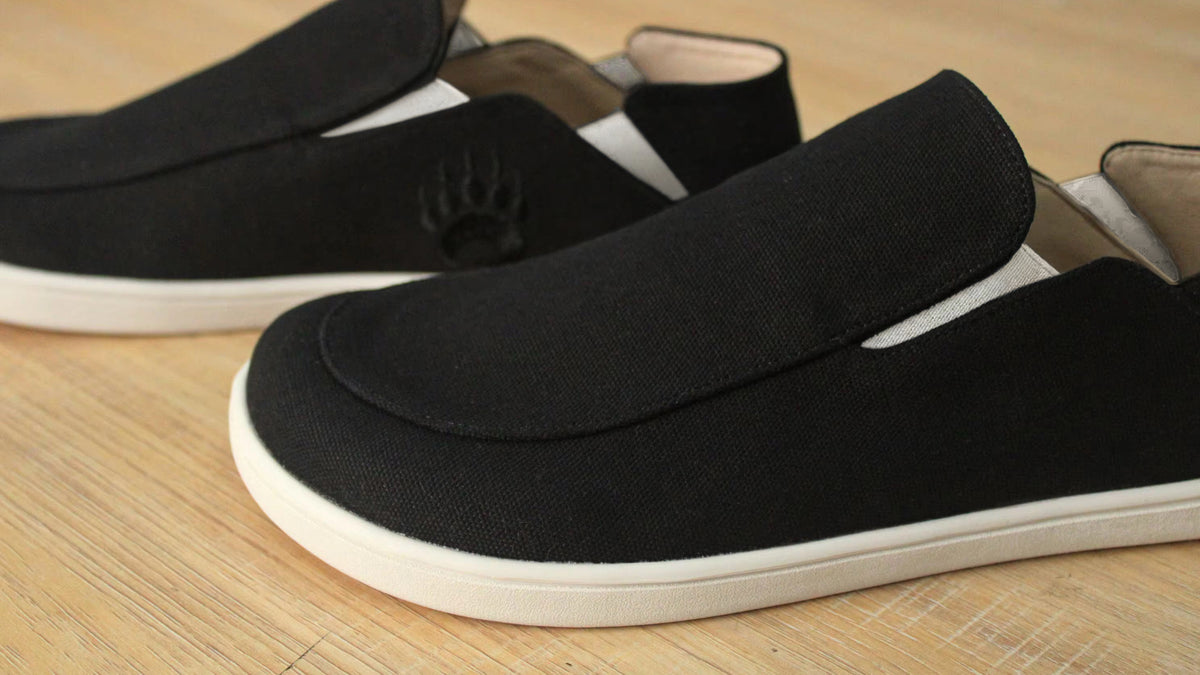Footwear and Postural Control
Footwear plays a pivotal role in athletic performance and injury prevention, a significance often overlooked. While style and comfort are commonly prioritized, the impact of athletic shoe soles and materials on postural control and balance requires more attention. This article delves into how different athletic shoe soles and materials affect these critical aspects during sports activities, revealing the intricate connection between footwear choice, posture stability, and injury prevention.
Footwear transcends aesthetics and comfort in the pursuit of optimal athletic performance. The composition and design of shoe soles are crucial in enabling athletes to maintain balance and control their movements. The cushioning properties of midsoles and the traction provided by outsoles directly affect stability on various surfaces, influencing agility and reducing the risk of slips or falls. Moreover, well-designed shoes help evenly distribute forces across the feet and lower limbs, reducing joint and muscle strain during repetitive motions typical in sports, thus contributing to long-term musculoskeletal health.
The interaction between the foot and the ground fundamentally influences postural control, or the ability to maintain body position in space for stability and orientation. This interaction is mediated by the footwear that creates the interface. Proper footwear can enhance postural stability by providing adequate sensory feedback, appropriate cushioning, and sufficient support to the foot's arch and overall structure. Conversely, improper footwear can lead to a compromised postural control system, increasing the risk of instability and injuries.
The type of materials used in the construction of athletic shoes, such as midsoles and outsoles, plays a vital role in determining the effectiveness of the shoe in maintaining postural control. Midsoles, often made from soft, cushiony materials that are designed to absorb shock and provide cushioning. However, the degree of softness or firmness in these materials can significantly affect how the body responds to impact forces.
Another critical factor is the traction provided by the outsole. The design and material of the outsole determine how well the shoe can grip different surfaces, which is crucial for maintaining balance and preventing slips. High-traction outsoles are particularly important in sports involving rapid changes in direction, sprinting, or jumping, as they help athletes maintain a stable support base. This stability directly translates into better postural control and a reduced risk of falls or slips during high-intensity activities.
Additionally, the overall fit and design of the shoe, including aspects such as heel height, toe box width, and arch support, contribute to postural control. A well-fitting shoe that accommodates the foot’s natural shape can prevent discomfort and encourage proper alignment of the lower limbs, essential for maintaining balance. Shoes that are too tight or too loose can cause pain and misalignment, leading to poor postural control and an increased risk of injuries.
Footwear also affects the distribution of forces across the feet and lower limbs during movement. Properly designed shoes help distribute these forces evenly, reducing the strain on joints and muscles. This even distribution is crucial during repetitive motions in sports, as it helps prevent overuse injuries such as stress fractures, tendonitis, and joint degeneration. Well-designed footwear minimizes localized stress by ensuring that forces are spread out across a larger area, thereby protecting the athlete’s musculoskeletal system over time.
The relationship between footwear and postural control is multifaceted and significant. Footwear affects immediate comfort and performance and has long-term implications for musculoskeletal health and injury prevention. The materials, design, and fit of athletic shoes are crucial in maintaining postural stability, distributing forces, and providing the necessary sensory feedback for optimal movement control. Therefore, selecting the proper footwear is essential for athletes who aim to enhance their performance and reduce the risk of injuries.
The Problem with Traditional Footwear and Postural Control:
Traditional athletic shoes aim to protect athletes from injuries, particularly from vertical impact forces. They often use soft materials like ethyl-vinyl acetate (EVA) foams. However, studies indicate that softer soles may paradoxically increase vertical impacts on the body despite claims of enhanced protection. This suggests that while providing comfort and "shock absorption," traditional shoes could heighten impact forces on joints and reduce stability, potentially harming athletes in the long term.
The relationship between shoe sole stiffness and postural control is intricate, significantly impacting athletic performance and injury prevention. Research demonstrates that softer soles amplify vertical impact forces and compromise stability, while thinner, less cushioned soles enhance stability and diminish vertical impacts. Athletes may adjust their landing techniques on softer surfaces to improve strength, potentially leading to increased joint issues over time.
These findings have substantial implications for athletic shoe design and sports surfaces. The trend toward heavily cushioned footwear, aimed at mitigating impact forces and preventing injuries, may require reevaluation. Such designs inadvertently diminish athletes' ability to maintain optimal balance and precise postural control, potentially increasing the risk of falls and instability during dynamic movements.
Traditional shoes can negatively affect postural health in various ways beyond impact forces. They often feature elevated heels, shifting the body's center of gravity forward and prompting compensatory posture changes that can lead to lower back pain. Additionally, substantial arch support in traditional shoes can weaken intrinsic foot muscles over time, contributing to conditions like flat feet. Narrow toe boxes force toes into unnatural positions, potentially causing foot deformities and affecting balance. Moreover, shoe rigidity can restrict natural foot motion, leading to joint stiffness and decreased flexibility.
Reduced sensory feedback from thick-soled, cushioned shoes can impair balance and coordination, affecting proprioception. Changes in foot position can lead to compensatory adjustments throughout the kinetic chain, influencing pelvic and spinal alignment. For instance, higher heels in shoes can contribute to anterior pelvic tilt and spinal curvature changes.
Traditional footwear can alter natural walking biomechanics, promoting patterns like heel strikes that generate higher impact forces. Conversely, minimalist shoes or barefoot walking encourage softer, more controlled midfoot or forefoot strikes.
These considerations highlight the importance of footwear choices for immediate comfort and long-term musculoskeletal health. Transitioning to more natural footwear options, such as minimalist shoes, supports natural foot function and can mitigate these adverse effects, promoting improved posture and balance over time.
The Benefits of Barefoot-Style Footwear and Postural Control:
Barefoot-style or minimalist shoes have gained attention as an alternative to conventional athletic footwear. Designed to mimic the biomechanics of barefoot locomotion while providing minimal protection, these shoes are noted for their benefits in postural control and muscle engagement. Research highlights several advantages of barefoot-style shoes over traditional counterparts.
Barefoot-style shoes promote a natural foot position and gait pattern, enhancing proprioception—the body’s innate ability to sense its position and movement. This increased sensory feedback improves postural stability and balance during various activities, from walking and running to more dynamic athletic maneuvers. Athletes and enthusiasts may experience greater confidence and efficiency in their movements, supported by a closer connection between foot and ground.
Moreover, the minimalist design of these shoes activates smaller, supportive muscles throughout the feet and lower limbs. Unlike conventional footwear with thick cushioned midsoles, elevated heels, and arch support, which may weaken intrinsic foot muscles over time, barefoot-style shoes foster natural weight distribution and force absorption. This engagement of intrinsic muscles strengthens the foot’s natural arches and contributes to overall lower limb stability and resilience.
Wearing barefoot-style shoes also encourages a biomechanically efficient stride with reduced ground contact time and potentially lower impact forces on joints. This is particularly beneficial in activities demanding rapid changes in direction or frequent acceleration, where precise foot placement and quick response times are crucial for athletic performance.
Walking or running barefoot or in minimalist shoes increases muscle activation throughout the lower legs and feet, improving overall proprioception. This sensory mechanism allows the body to perceive its position, movement dynamics, and spatial orientation, which is essential for maintaining balance, agility, and coordination. In barefoot or minimalist shoes, the absence of traditional cushioning and support structures encourages activation of intrinsic foot muscles such as the plantar fascia, intrinsic foot flexors, and stabilizing muscles of the ankles and lower legs. This increased muscle engagement promotes a more muscular foot arch and a more stable foundation for movement over time.
The sensory feedback from direct contact between foot and ground in barefoot-style shoes allows continuous adjustments and refinements based on real-time environmental cues, improving dynamic balance and body awareness during various activities. Barefoot-style footwear can help reduce the risk of overuse injuries common in repetitive impact sports by promoting a natural gait pattern and even force distribution across the feet and lower limbs. This biomechanical optimization supports sustainable movement patterns, encouraging a holistic approach to physical activity that prioritizes performance and injury prevention.
Unlike traditional footwear with thick cushioning, minimalist shoes provide almost direct contact between the foot and the ground, enhancing sensory feedback and allowing precise adjustments to maintain stability. These shoes stimulate small, stabilizing muscles in the feet and lower legs, crucial for supporting the foot’s arches and maintaining proper alignment during movement. This increased proprioception is fundamental for maintaining dynamic balance and responding effectively to terrain or movement direction changes. The minimalist design encourages a biomechanically efficient stride, minimizing unnecessary movements and conserving energy. This is particularly beneficial in activities demanding rapid direction changes or frequent acceleration.
In conclusion, the choice of athletic footwear extends far beyond mere aesthetics and comfort, playing a critical role in athletic performance, postural control, and injury prevention. From the intricate design of midsoles and outsoles to the fit and material composition, every shoe element contributes to an athlete's stability and overall musculoskeletal health. Traditional shoes, while offering cushioning and support, may inadvertently compromise stability and increase injury risks over time. In contrast, barefoot-style footwear fosters natural foot function enhances proprioception, and strengthens intrinsic foot muscles, promoting better posture and balance. By carefully selecting footwear that allows proper biomechanical function, athletes can significantly enhance their performance and safeguard their long-term health.



